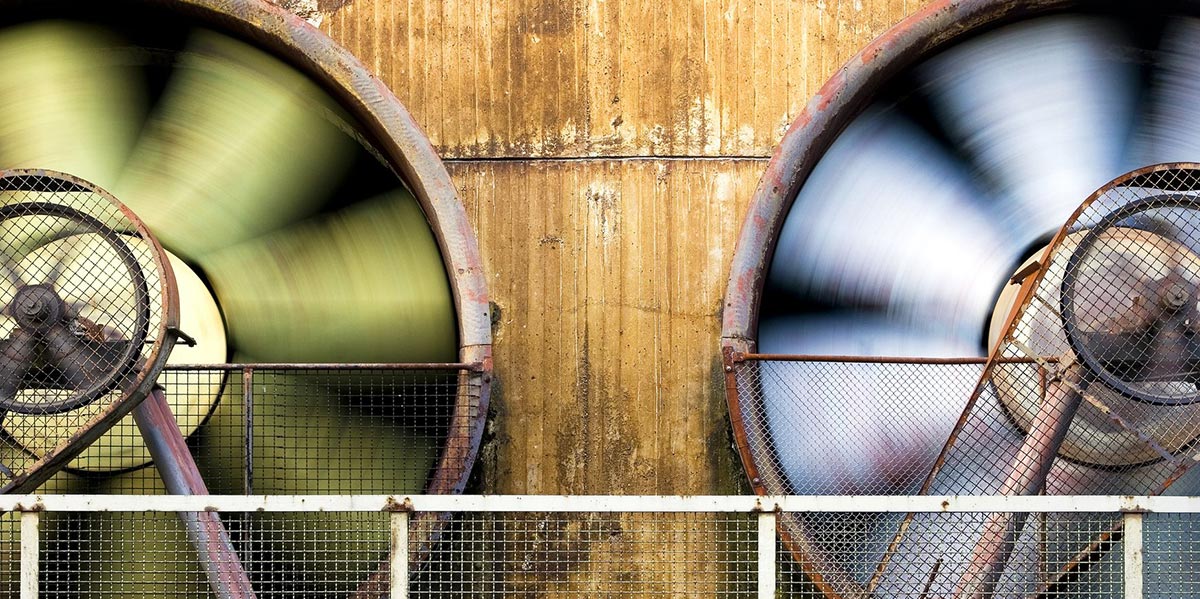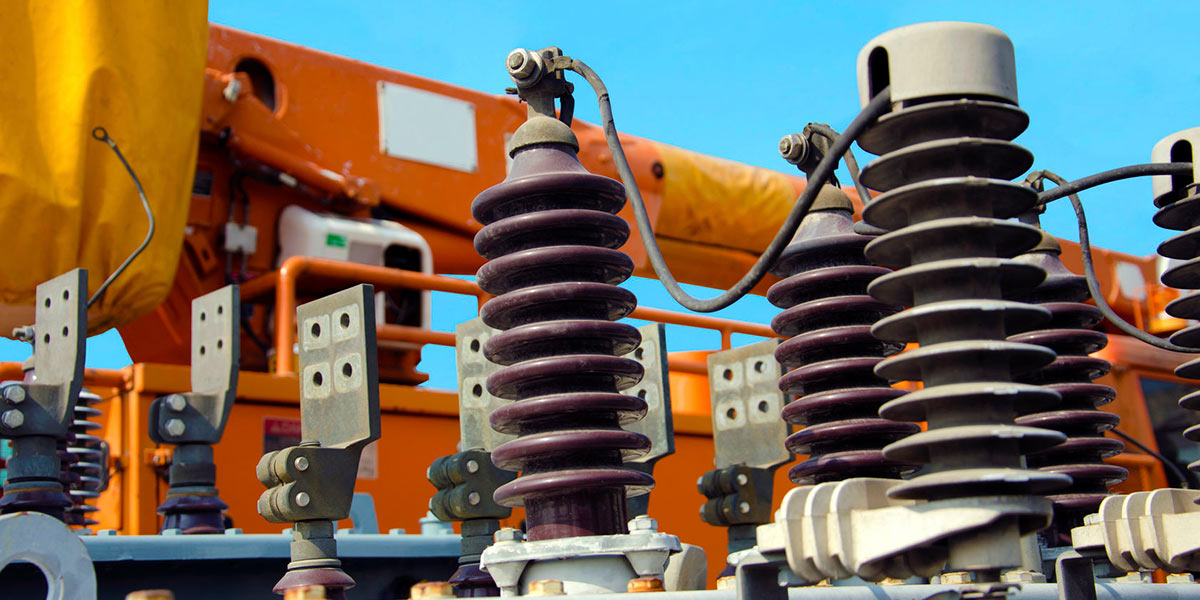Do you know the major causes of downtime?
One thing that differentiates industrial operations from business operations are harsh operating conditions, which varies depending on the specific industry. These punishing conditions can cause equipment failure and downtime, not only for the industrial devices, but for the networking components that are used for communications and control. Let’s take a look at the three leading reasons that your network and your operations may experience downtime.
Mechanical Failure

Any piece of equipment that has moving parts is subject to mechanical failure, especially when high speeds and vibration are involved. Both conditions are present in a very common industrial component – the cooling fan. For many pieces of equipment, and for many networking devices, cooling fans are necessary to dissipate heat and maintain life expectancy of the device. However, these fans are themselves a potential point of both mechanical and electrical failure. Cooling fans are often the first component to fail on a device, causing the device to overheat and potentially break down. If the device is a networking component, it could bring down the entire network.
Solution: When possible, use devices that are designed for fanless operation. The ability to dissipate heat without the need for additional fans can greatly extend operational life and network uptime.
Voltage Transients
Also known as a voltage spike, a transient is a fast, short duration of electricity that can destroy or severely weaken electrical devices. Voltage transients can be especially damaging to equipment that isn’t equipped with resistors to prevent damage. Common causes of voltage transients are lightning strikes, tripped circuit breakers, and power outages. Transients can also be created by equipment used within a facility such as electrical motors, compressors and inverters. The machinery and equipment used in many industrial facilities operate at high voltages and generate strong transients that can be especially problematic for sensitive network communication devices.
Solution: Networking equipment in industrial devices may need extra protection against unexpected electrical surges. This can be achieved by adding a surge protector or within the networking equipment itself, through built-in isolation on the power ports.
Failed Power Supplies
A common failure point for industrial devices is the power supply. Power supplies can fail for a number of reasons, such as the unit receiving too much power, insufficient cooling, poor cable or connection, etc. As with cooling fans, the power supply is often more likely to fail than the device itself. If the power supply fails for a critical networking component, it can potentially disrupt data communications for the entire network.
Solution: Plan for the unexpected and use industrial networking equipment with dual power inputs. This provides a backup power source in case the primary experiences a failure.
Have a question about this topic? We would love to hear from you. Please feel free to contact us and one of our representatives will reach out to you with more information.
Related Topics


